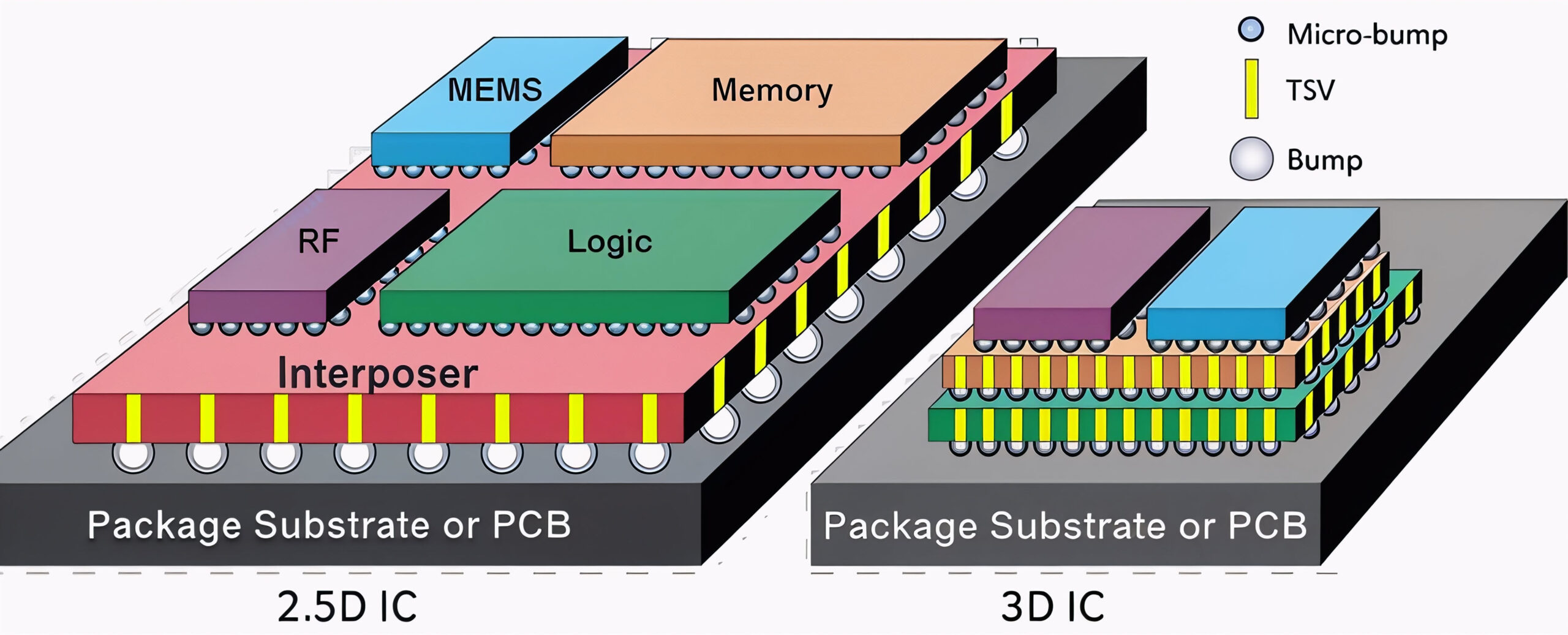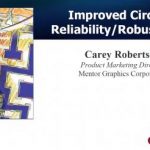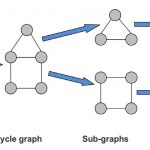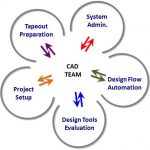Last week I had the pleasure of presenting at the Electronic Design Process Symposium (EDPS) workshop. This was my first time attending and I was very impressed. There were good presentations but I learned as much from the Q&A and the side conversations before/after/breakfast/lunch/etc. If you have the opportunity to attend,… Read More
 Google's Road Trip to RISC-V at Warehouse Scale: Insights from Google's Martin DixonIn a engaging presentation at a recent RISC-V…Read More
Google's Road Trip to RISC-V at Warehouse Scale: Insights from Google's Martin DixonIn a engaging presentation at a recent RISC-V…Read More Bridging Embedded and Cloud Worlds: AWS Solutions for RISC-V DevelopmentIn a compelling keynote at the RISC-V Summit…Read More
Bridging Embedded and Cloud Worlds: AWS Solutions for RISC-V DevelopmentIn a compelling keynote at the RISC-V Summit…Read More Cost, Cycle Time, and Carbon aware TCAD Development of new TechnologiesOur good friend Scotten Jones wrote a paper…Read More
Cost, Cycle Time, and Carbon aware TCAD Development of new TechnologiesOur good friend Scotten Jones wrote a paper…Read More 3D ESD verification: Tackling new challenges in advanced IC designBy Dina Medhat Three key takeaways 3D ICs…Read More
3D ESD verification: Tackling new challenges in advanced IC designBy Dina Medhat Three key takeaways 3D ICs…Read MoreFinFET & Multi-patterning Need Special P&R Handling
I think by now a lot has been said about the necessity of multi-patterning at advanced technology nodes with extremely low feature size such as 20nm, because lithography using 193nm wavelength of light makes printing and manufacturing of semiconductor design very difficult. The multi-patterning is a novel semiconductor manufacturing… Read More
Dr. Bernard Murphy: My presentation at EDPS 2014
First, I wish there were more conferences/workshops like this. This is much more about sharing ideas and brainstorming than the stark commercialism of DAC. I presented Atrenta’s role in enabling 3[SUP]rd[/SUP]-party IP qualification for the TSMC soft IP library.
My presentation slides are located here:
http://www.eda.org/edps/Papers/5-3%20Bernard%20Murphy.pdf… Read More
Calling all makers for new #8bitideas
The maker community and the learn-to-code movement is growing with many ideas built on small, power-efficient, easy-to-use 8-bit microcontrollers. If you want to be one of the next famous makers and maybe win some cash in the process, Atmel has a contest open until September 30, 2014 – here are tips on getting your #8bitideas in … Read More
FD-SOI Better Than FinFET?
As I said earlier in the month, I was going to be talking about FD-SOI at the Electronic Design Process Symposium (EDPS) in Monterey. I am not especially an expert on FD-SOI but I know enough to be dangerous and given that we were already talking about FinFET and 3D/2.5D chips, it fitted in nicely.
The 10,000 foot view is that FD-SOI has… Read More
TSMC Will Own the Internet of Things!
In my quest to uncover the future of the semiconductor industry I was quite impressed by the executive presentations at the TSMC Symposium last week. Rick Cassidy opened the 20[SUP]th[/SUP] Annual TSMC Technology Symposium followed by Dr. Mark Liu, Dr. Jack Sun, Dr. Cliff Hou, J.K Wang, Dr. V.J. Wu, and Suk Lee. A variety of topics… Read More
System Design: Turtles All the Way Down
According to Steven Hawking, Bertrand Russell once gave a public lecture on astronomy. He described how the earth orbits around the sun and how the sun orbits around our galaxy. At the end of the lecture, a little old lady at the back of the room got up and said: “What you have told us is rubbish. The world is really a flat plate supported… Read More
Secret of TI’s Success in Analog & Embedded Space
Since I started looking at the ways Texas Instrumentsworks through its strategies, my belief is getting firmed up that this is one company which can always sail through rough waters during downturn and reap rich benefits during upturn. They regularly review their strategies and can predict ahead of time when the water is about … Read More
Webinar: Making Design Reuse Work
Please join me for an IP conversation in collaboration with ClioSoft on Wednesday, April 30th, 2014 @ 11:00 AM PST. At the EDPS Workshop IP day there were two interesting presentations on IP reuse. The first one was by Warren Savage of IPextreme: Top Ten Reasons Why Internal IP Reuse Fails. The second was by Ranjit Adhikary of ClioSoft:… Read More
Digital, Analog, Software, IP – Isn’t it all just the same?
Designing an SoC requires a team, and the engineers typically use lots of specialized EDA software and semiconductor IP to get the job done. Many have started to ask about how designing a chip is different than designing and managing a large software project, or how is analog design different than digital design in terms of managing… Read More







Quantum Computing Technologies and Challenges